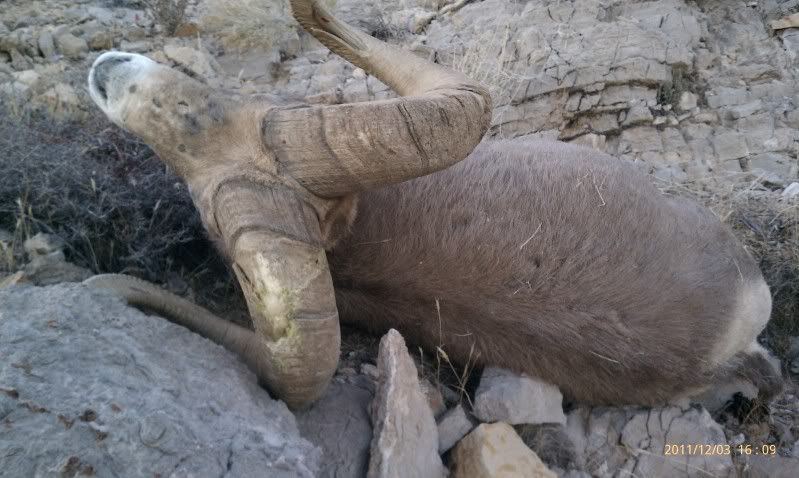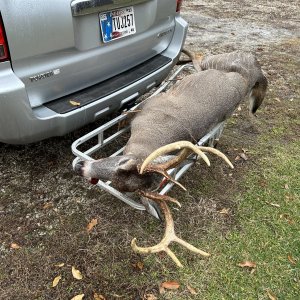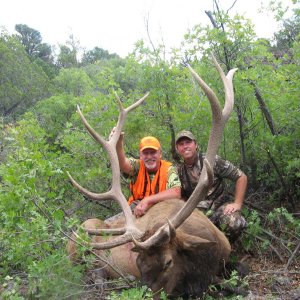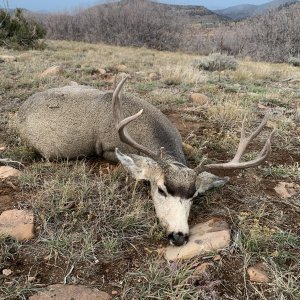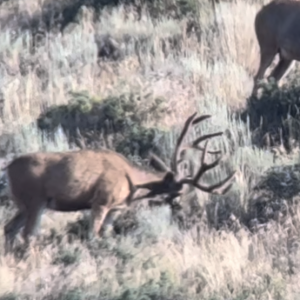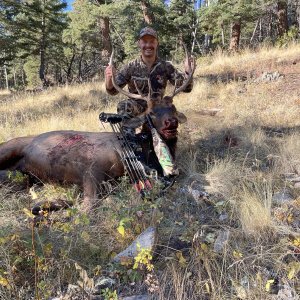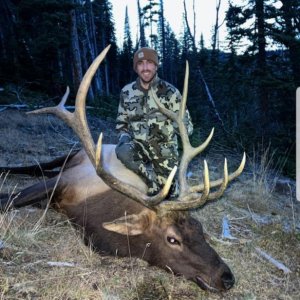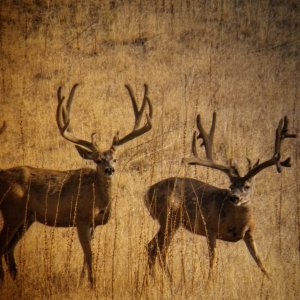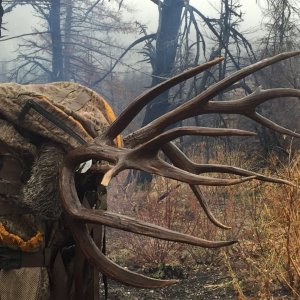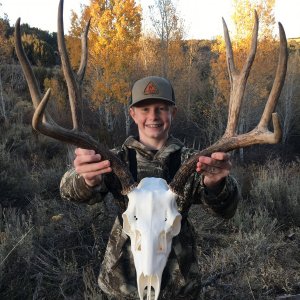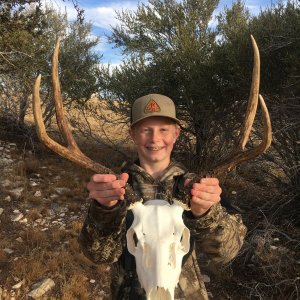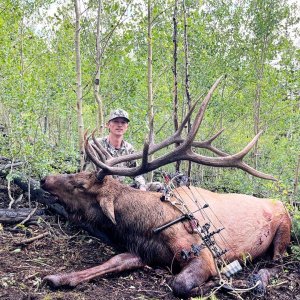gznokes
Very Active Member
- Messages
- 1,322
I was looking at the line up of rams that SWGO posted and thougth I'd ask a random question to some of you die hard sheep guys.
Have you noticed patterns in different sheep populations having more chipped and battered horns or is it just the type of thing that can happen occassionally to any ram--especially as they age?
For example, are there certain sheep units where it is more common to find rams with chipped and battered horns than others? Is it because of genetics, diet, terrain, # of other rams availble for competitive rutting?
To me it seems to happen more in desert sheep and Rocky/California BHS that live in desert climates. I don't seem to see it as much w dall or stones. I could be totally off.
Again, those are great sheep!
Have you noticed patterns in different sheep populations having more chipped and battered horns or is it just the type of thing that can happen occassionally to any ram--especially as they age?
For example, are there certain sheep units where it is more common to find rams with chipped and battered horns than others? Is it because of genetics, diet, terrain, # of other rams availble for competitive rutting?
To me it seems to happen more in desert sheep and Rocky/California BHS that live in desert climates. I don't seem to see it as much w dall or stones. I could be totally off.
Again, those are great sheep!

